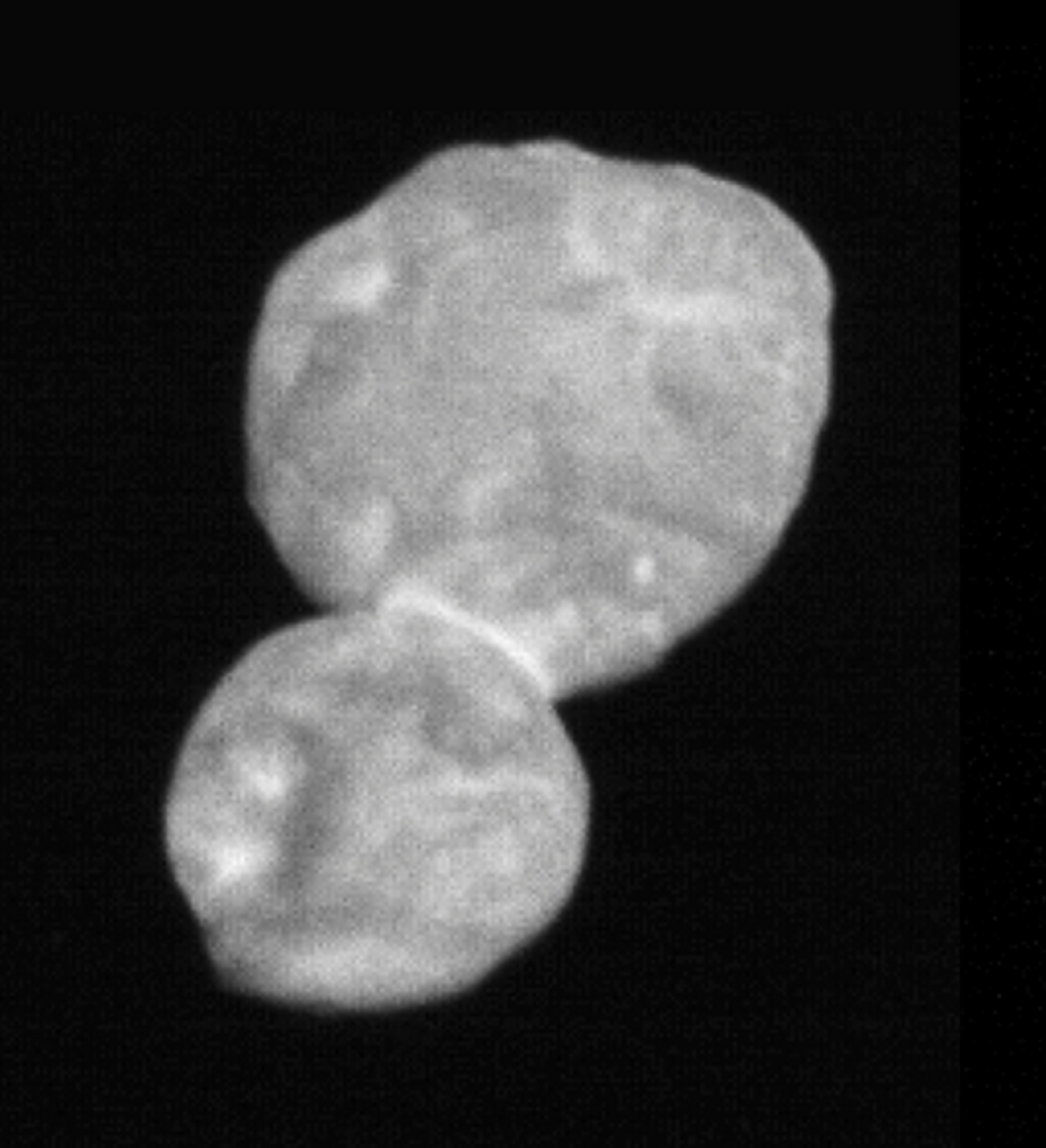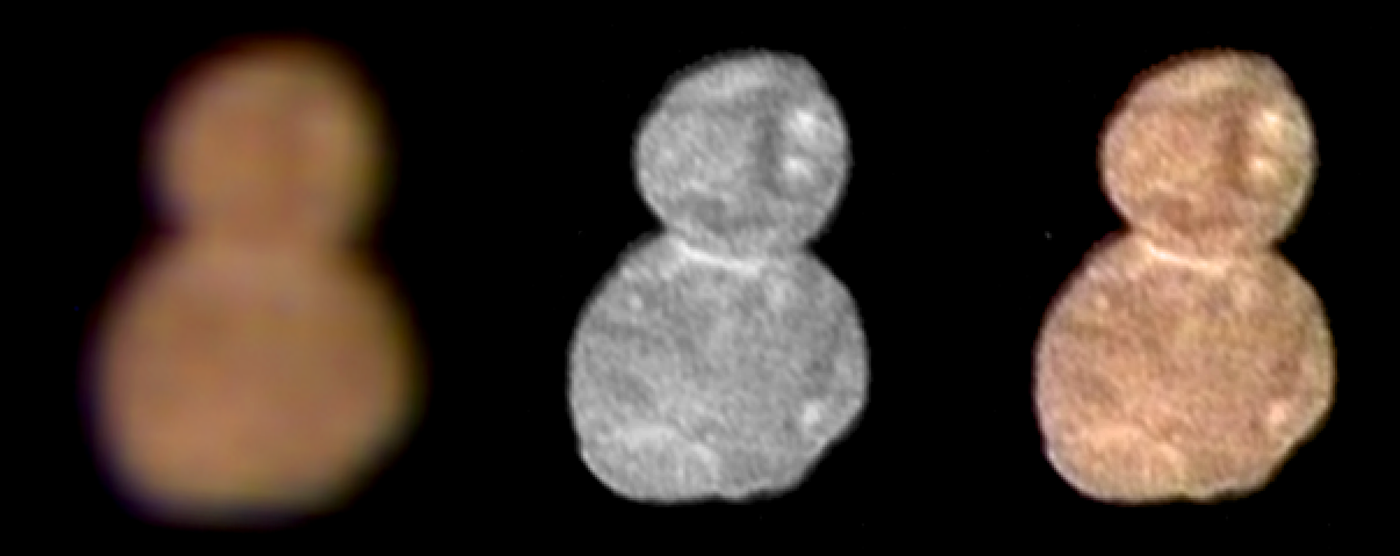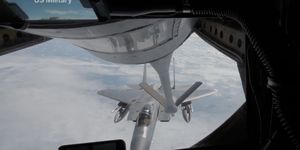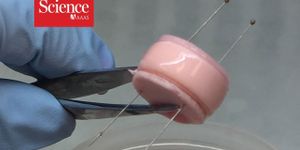Say Hello to the First Close-Up Images of Ultima Thule
NASA’s New Horizons probe made history again last week after it became the first spacecraft to perform a fly-by observation of a Kuiper Belt Object (KBO). The target, an icy body, known to astronomers as Ultima Thule, has been vaguely observed with space telescopes; but never before have we been able to capture the distant world’s surface features as we did last week.
The image below is one of the clearest photographs ever captured of KBO Ultima Thule, and as you’ve probably discerned already, it’s shaped sort of like a snowman:
Image Credit: NASA/Johns Hopkins University Applied Physics Laboratory/Southwest Research Institute
Not only does the image validate the notion that Ultima Thule is a contact binary, but it also reveals some of the object’s surface features in more detail than we’ve ever seen before. New Horizons is said to have captured the image from about 17,000 miles away during its approach.
Ultima Thule’s peculiar shape can be attributed to its history, in which two KBOs slowly encountered one another while orbiting the Sun and became conjoined. The larger lobe – nicknamed “Ultima” – allegedly measures 12 miles across, while the smaller lobe – nicknamed “Thule” – is said to measure just nine miles across.
Image Credit: NASA/Johns Hopkins University Applied Physics Laboratory/Southwest Research Institute
Perhaps more captivating yet is the notion that Ultima Thule is a time capsule that encompasses untold secrets about the early solar system. NASA estimates that the KBO became a contact binary “as early as 99 percent of the way back to the formation of the solar system” and that the two objects collided “no faster than two cars in a fender-bender” to create the contact binary seen today.
As far as we can tell, there’s no evidence for orbiting satellites or planetary rings around Ultima Thule. The KBO also lacks an atmosphere, making it unlikely to support life as we know it.
"New Horizons is like a time machine, taking us back to the birth of the solar system. We are seeing a physical representation of the beginning of planetary formation, frozen in time," elucidated New Horizons Geology and Geophysics team lead Jeff Moore. "Studying Ultima Thule is helping us understand how planets form — both those in our own solar system and those orbiting other stars in our galaxy."
Related: A near-twin of New Horizons' Ralph instrument is set to explore Jupiter's Trojan asteroids
New Horizons captured many other photographs of Ultima Thule’s surface as it flew past the KBO, but it will take time before NASA receives them. At more than 4 billion miles away from Earth, the spacecraft’s communication equipment can only transmit data so fast, and there’s some noticeable latency as it moves from point A to point B.
It will take weeks and even months for all New Horizons’ new data to reach Earth, but those high-definition photographs will be worth it in the long run. Not only will they help us learn more about what objects in the Kuiper Belt are like, but they should also reveal more about the solar system’s history and how the planets we know today came to be.










